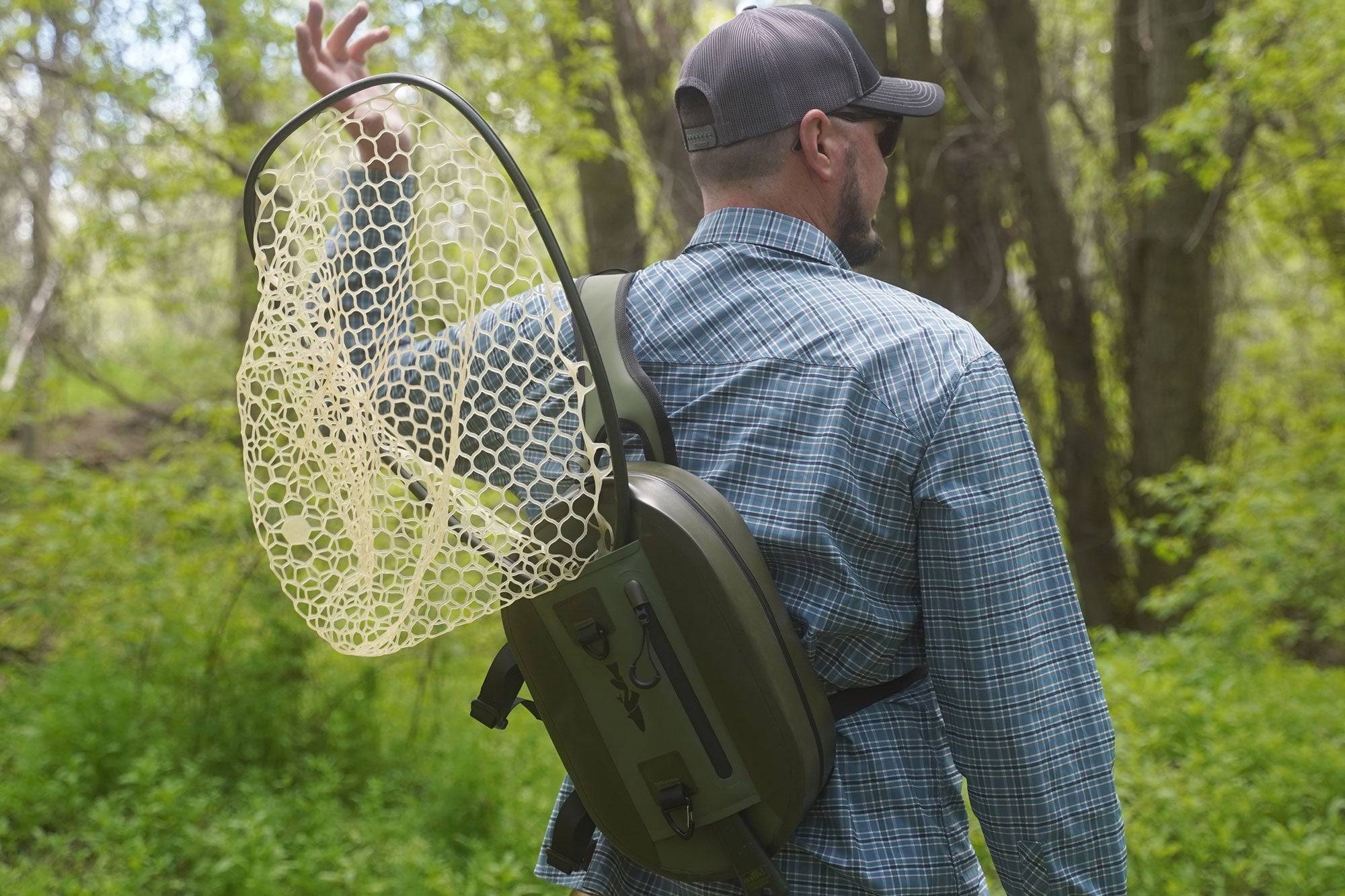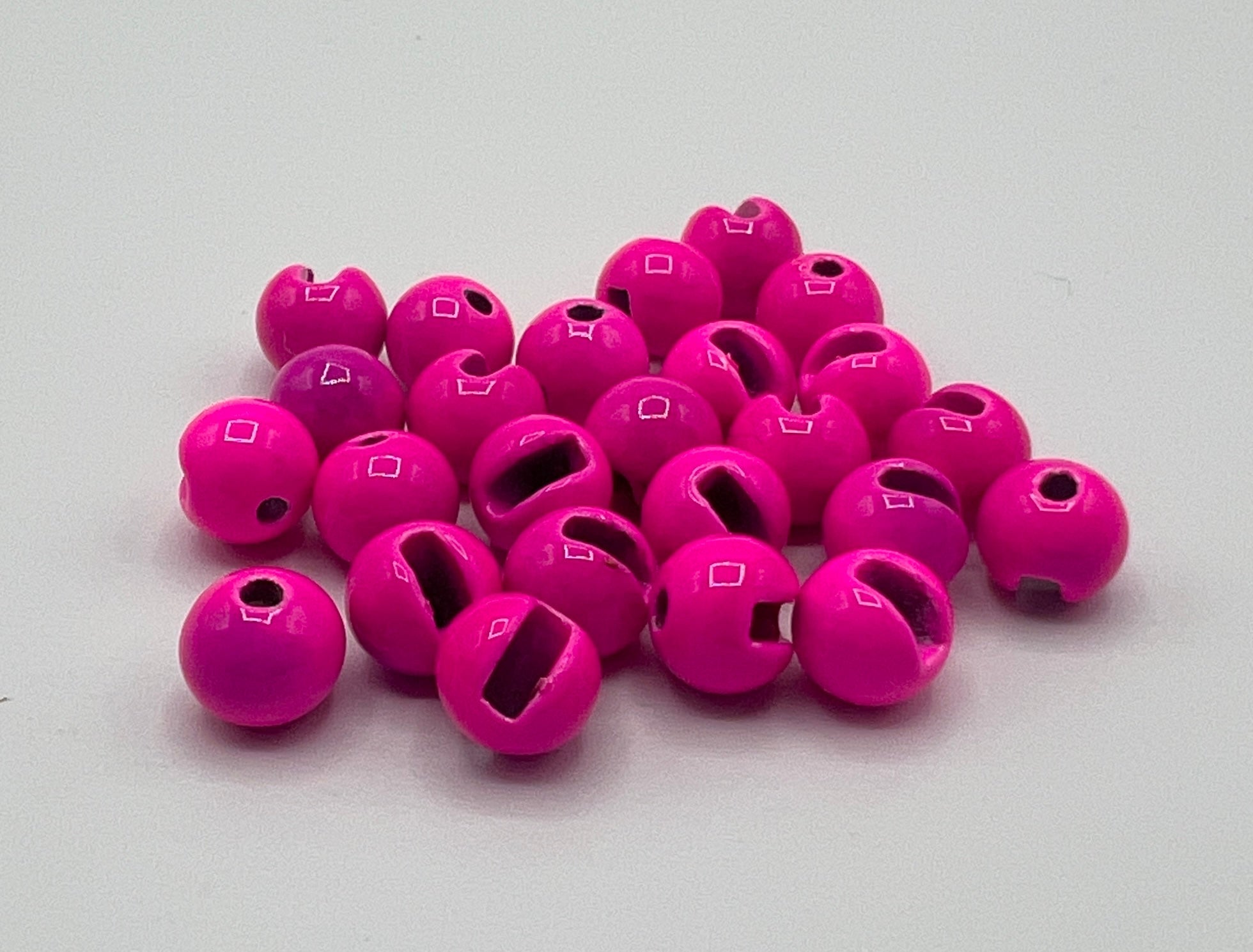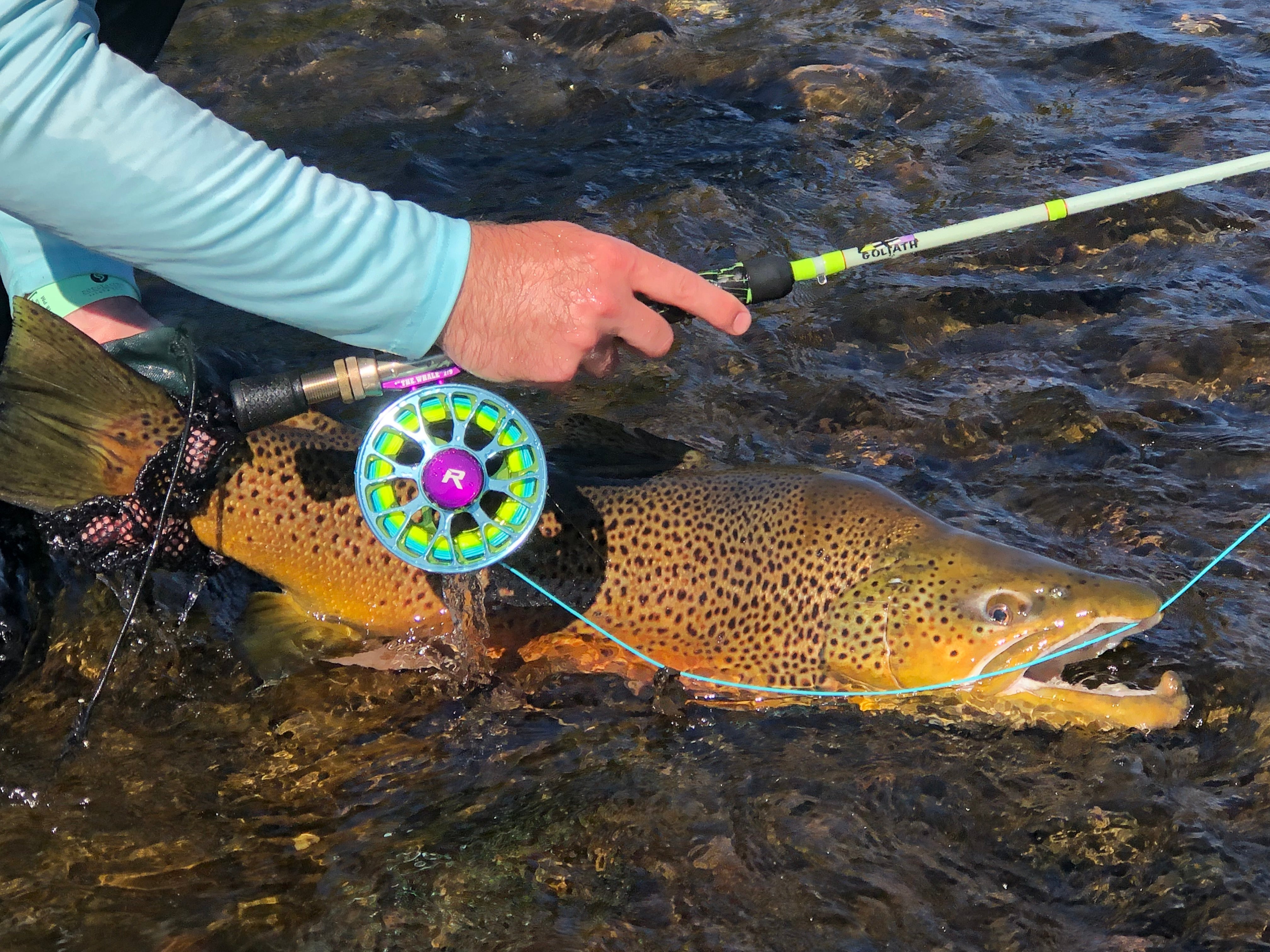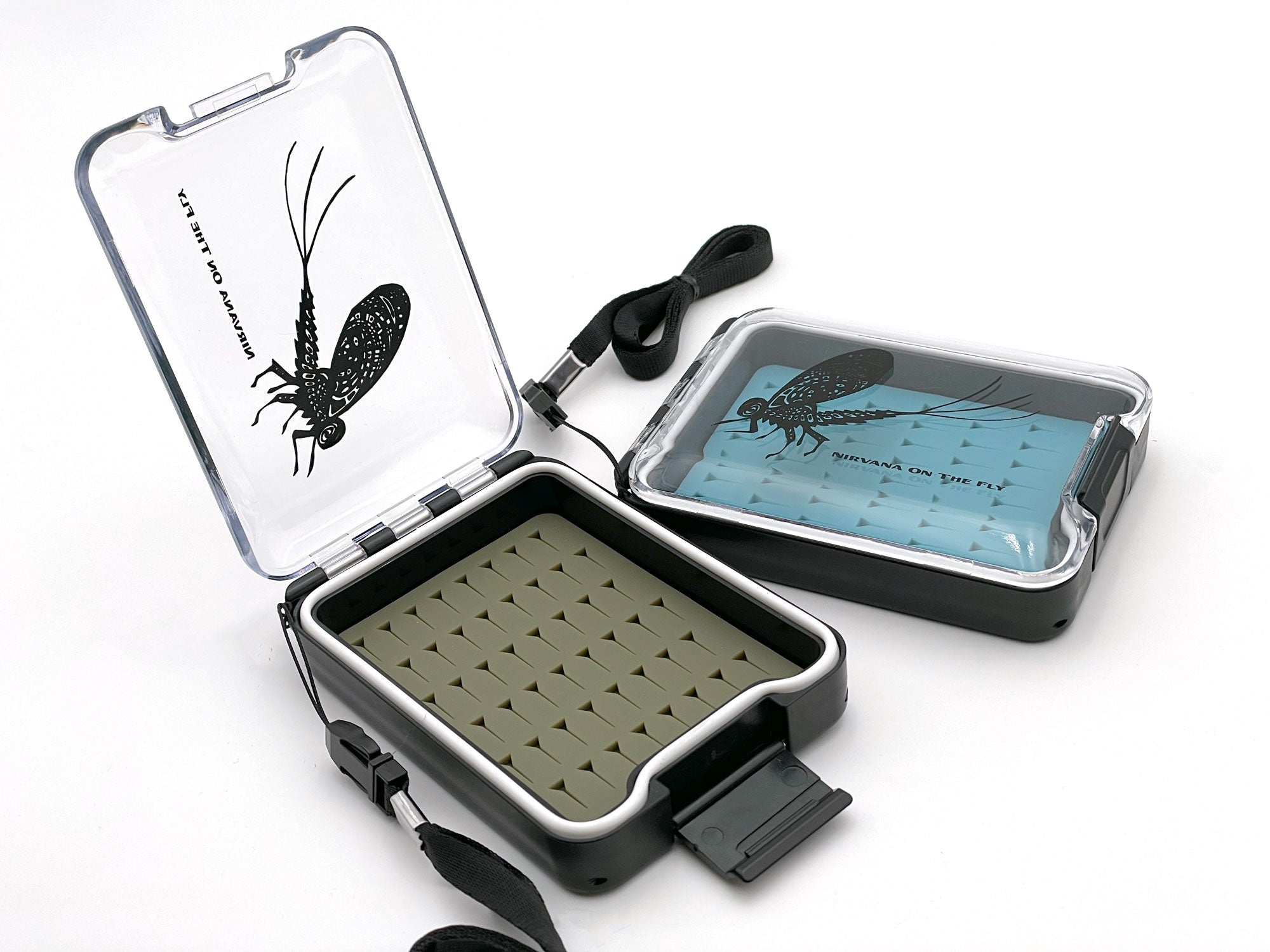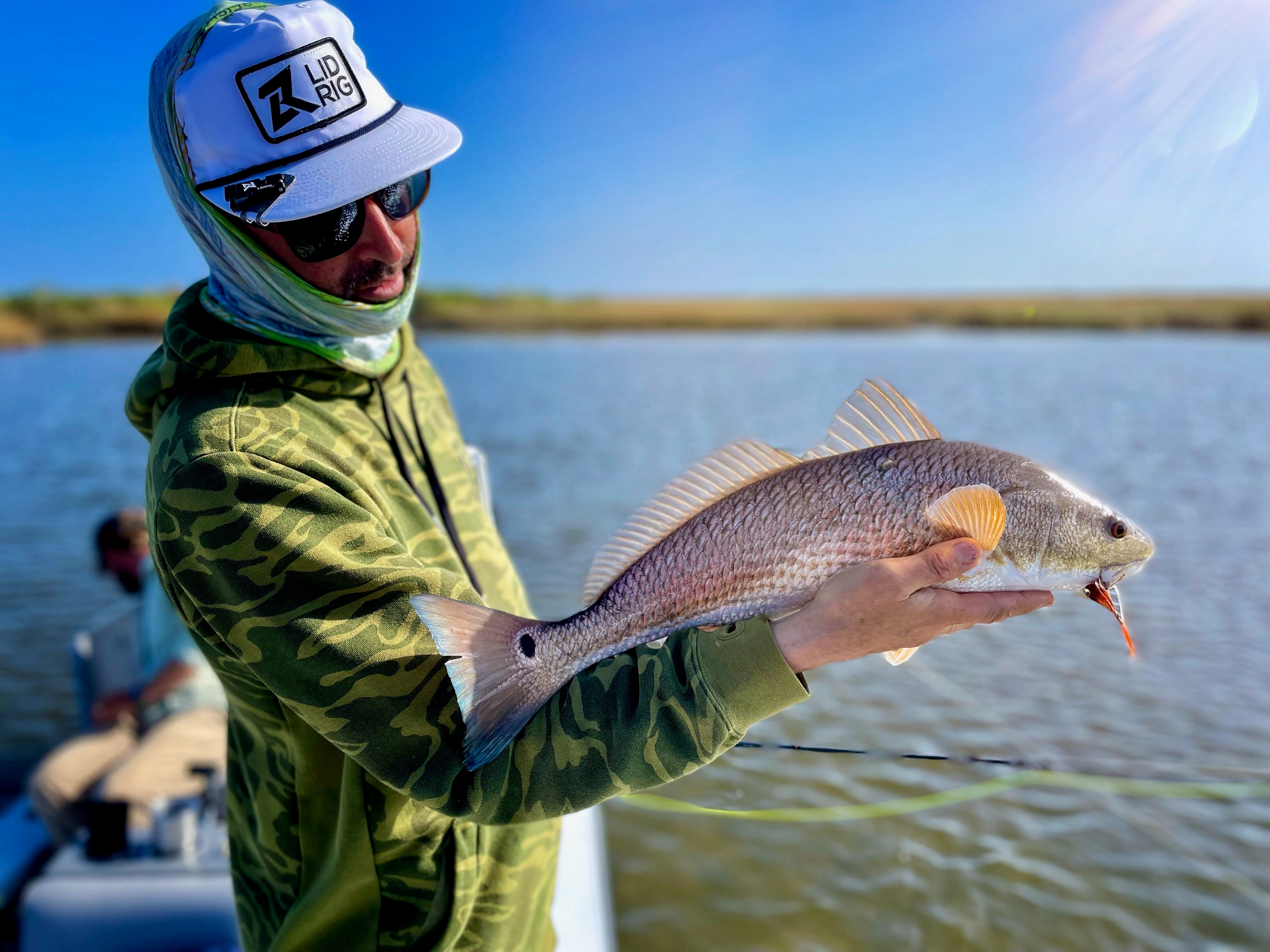The thrill of fly fishing lies in the harmony between the angler and their equipment. An often overlooked yet vital aspect of this equipment is the construction of the fly fishing reel. Understanding the nuances of reel construction can significantly change your perspective on the need for a fly fishing experience. I want to look at the intricacies of fly reel construction, highlighting why it's a critical factor for any discerning angler.
The Significance of Reel Construction
Fly fishing reels are predominantly crafted using two methods: die-casting and machining. Each method imparts distinct characteristics to the reel, affecting its performance, durability, and aesthetic appeal. Both have advantages and disadvantages but the latter is certainly a higher quality.
- Die-Cast Reels: These reels are made by pouring molten metal into molds. This process allows for quick inexpensive repeatability in designs and is generally more cost-effective. Die-cast reels are suitable for anglers on a budget who still seek quality and functionality but there are areas where this more crude method just isn’t a fit.
- Machined Reels: Machined reels are carved from a solid block of material, typically aluminum. There are quite a few different types of alloys used so here is a list I've compiled for you of common materials.
Fly fishing reels are commonly constructed from the following alloys and materials:
- Aluminum: Widely used for its strength, lightweight, and corrosion resistance. Often used in high-quality reels.
- Stainless Steel: Known for its durability and resistance to rust and corrosion. Used in components like bearings and screws.
- Carbon Fiber: Used in higher-end reels for its light weight and strength, often found in drag systems.
- Graphite: Lighter and less expensive than aluminum, used in entry-level and some mid-range reels.
- Plastic: Found in lower-end, budget-friendly reels. Less durable but very affordable.
- Titanium: Used in some high-end reels for its exceptional strength-to-weight ratio and corrosion resistance.
- Magnesium: Offers a good strength-to-weight ratio, used in some lightweight reels but less common due to corrosion issues in saltwater.
These materials are chosen based on their properties like strength, weight, and resistance to the elements, which are crucial for the performance and longevity of fly fishing reels.
Regardless of the alloy type or combination, this method results in a reel that is incredibly strong and durable, able to withstand harsh fishing conditions. Machined reels are often the choice of serious anglers who demand the best in terms of performance and longevity.
The next item for consideration in the reel’s construction is the spool spindle and parts. Is the spindle made of a higher-quality material like stainless steel? Are there softer brass parts in the system to minimize wear on the more valuable parts? These items should be looked at and researched a bit before purchasing. The good news is that these would all be considered manufacturing defects and replaced under warranty. However, avoiding that from the start is ideal. Here is a list of commonly used materials for spindle and part construction.
Fly fishing reel spindles, which are essential components for managing the fishing line, are typically made from various materials, each offering unique benefits.
Here's a list of commonly used materials for fly fishing reel spindles:
- Stainless Steel: Known for its strength and corrosion resistance, stainless steel is a popular choice for saltwater fishing where durability is crucial.
- Aluminum: Lightweight and corrosion-resistant, aluminum is a common choice for freshwater fly fishing. It's often anodized for extra strength and color variety.
- Brass: Brass spindles offer good corrosion resistance and are more affordable than some other materials. They are heavier, which can be a drawback for some anglers.
- Carbon Fiber: This material is known for being extremely lightweight and strong. Carbon fiber spindles are often used in high-end reels for their performance and aesthetic appeal.
- Titanium: Titanium spindles are lightweight, exceptionally strong, and corrosion-resistant, making them ideal for both freshwater and saltwater fishing. They are, however, more expensive.
- Plastic or Composite Materials: These are often used in more budget-friendly reels. While not as durable or strong as metal spindles, they are lightweight and can be sufficient for casual or beginner anglers.
Benefits of Paying Attention to Reel Construction
- Durability and Longevity: The method of construction directly impacts the reel's durability. A well-constructed reel can withstand years of use, providing better value for money in the long term. Get a solid reel and it can last lifetimes.
- Performance: Machined reels often provide smoother operation and better balance, enhancing the overall fishing experience. Piece of mind is a better value for me. I don’t want to be thinking about potential equipment failures. Performing the job is a baseline necessity in my opinion.
- Aesthetic Value: The construction method can also affect the look and feel of the reel. A beautifully crafted reel adds to the aesthetic pleasure of the sport. However, be cautious of over-machining. More and more reels are now over-machined
Why Reel Construction Matters
Adaptability to Different Fishing Conditions: Depending on the construction, some reels may be better suited to certain types of fishing, such as saltwater or heavy-duty freshwater angling.
- Weight and Balance: The construction method can influence the weight and balance of the reel, which in turn affects casting accuracy and fatigue over long periods.
- Investment in Quality: Choosing a reel based on its construction is an investment in quality. A well-made reel can be a lifelong companion, offering consistent performance and reliability.
The construction of a fly fishing reel is just as much about form as it is function. It's a testament to the craftsmanship that goes into creating a tool that can elevate your fishing experience. Whether you opt for the affordability and design flexibility of die-cast reels which are common for beginner and entry-level or the unmatched strength and precision of machined reels, understanding the nuances of reel construction is key to choosing a reel that aligns with your fishing style and preferences.
I've shopped around for fly fishing reels for many years now and have talked to countless friends and pros about what to use. There are not to many tried and true brands that I've found and every day there seems to be a new reel company. Here are a few brands and retailers that I trust and will get you into a solid reel with a bit of due diligence.
Cheeky Fly Fishing Reels
Hardy Fly Fishing Reels
Peux Fly Fishing Reels (This brand specializes in automatic retrieve and multiplier reels...they are unbelievable.)
Greys Fishing
Ross Reels
Moonshine
Orvis
Lamson
Nautilus
Trident Fly Fishing
Backcountry.com
You’ve been reading along and learning a ton about fly fishing reels. Have you read all the other articles in this guide program?
Fly Fishing Reels: Overall Guide | Fly Fishing Insider Podcast
Fly Fishing Reels: Part 1 - Understanding Quality and Price | Fly Fishing Insider Podcast
Fly Fishing Reels: Part 2 - Compatibility and Size | Fly Fishing Insider Podcast
Fly Fishing Reels: Part 3 - Drag Systems | Fly Fishing Insider Podcast
Fly Fishing Reels: Part 4 - Arbor Size | Fly Fishing Insider Podcast
Fly Fishing Reels: Part 5 - Manufacturing and Construction | Fly Fishing Insider Podcast
Fly Fishing Reels: Part 6 - Extra Spools and Versatility | Fly Fishing Insider Podcast
Fly Fishing Reels: Part 7 - Lifetime Warranties and Brand | Fly Fishing Insider Podcast
FFIP does receive a small commission from affiliate sales links. However, not all links are directed towards affiliate programs as I stay neutral and base recommendations more so on my own experiences. These commissions are used to support the FFIP expenses related to maintaining and hosting the show, blog, etc. Thank you for your support and by purchasing through the links within my articles when applicable!

By Christian Bacasa
Host of the Fly Fishing Insider Podcast
www.ffipodcast.com
@flyfishinginsiderpodcast
@dupeafish
Watch on YouTube


